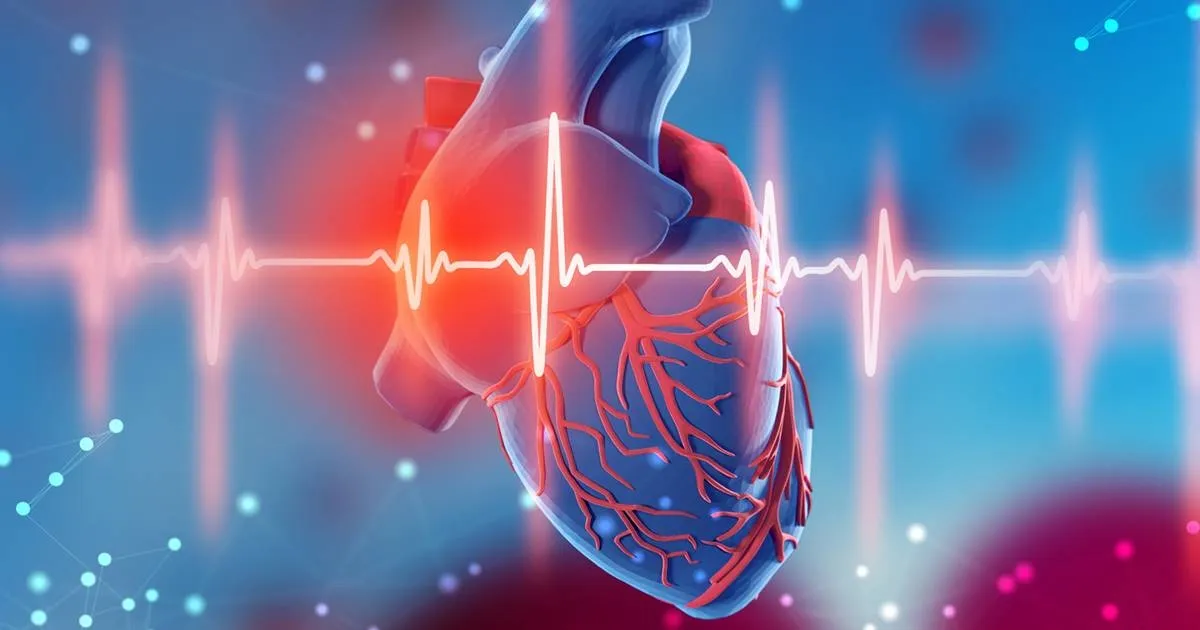A hundred internist doctors of the Spanish Society of Internal Medicine (SEMI) have gathered in the scientific meeting "Diabetes and heart failure in the Cardian Continuum" of the SEMI, in which they have departed on the main diagnostic and therapeutic novelties in theapproach to heart failure and diabetes mellitus, as well as on the main pathologies of the cardio-renal-methabolic sphere.
This is the second joint meeting organized by the working groups of diabetes, obesity and nutrition (DON) and of heart failure and atrial fibrillation (Icyfa) of the semi.The meeting was attended by Juana Carretero, president of the SEMI, and the inaugural conference, under the title "Cardio-Renal Continuum of the patient with DM2", which has been in charge of Javier Carrasco Sánchez, of the Internal Medicine Serviceof the Juan Ramón Jiménez de Huelva University Hospital.
As the main scientific novelties, according to Pedro Pablo Casado and Jesús Casado, are: “The update in pharmacological strategies that allow benefits in the cardio-renal-methabolic axis, the deepening of mechanisms of drug action with beneficial impact such as ISLGT2 and ARGLP1, the analysis of cardio-methabolic links and the importance of non-pharmacological aspects such as adequate nutrition in these patients. ”
As Pedro Pablo Casado recalls: “The prevalence of diabetes mellitus has increased throughout the world 30 percent in the past decade and the IC affects 26 million people worldwide, with a prevalence also increasing.Both pathologies coexist frequently and the presence of one of them increases the chances of suffering from the other. ”
Similarly, Jesús Casado affects that “among patients with CI it is estimated that up to 47 percent also have diabetes mellitus, this percentage being among hospitalized patients.On the other hand, among patients with diabetes, the prevalence of CI is between 9 and 22 percent, which is four times more than the general population. ”
During the meeting, it has been reiterated that “the usual phenotype of patients with heart failure in internal medicine services is that of an elderly patient, with a predominance of female sex, preserved ejection fraction and abundant load of comorbidity, predominantly predominantRenal failure, diabetes, obesity, atrial fibrillation, anemia and COPD ”.
The holistic character of the specialty of internal medicine and the broad care spectrum (consultations, hospitalization plant, interconsultors, etc.) facilitates that internists be key specialists that can “assess a very diverse range of profiles of patients with diabetes, fromrecent diagnosis to very evolved cases with a multitude of associated comorbidities, from people with full functionality to others with severe deterioration of their health. ”According to Pedro Casado and Jesús Casado, what is unquestionable is that within that amalgammain of this meeting ”.
Regarding the challenges in the patient approach with diabetes and heart failure, throughout the meeting the following have been highlighted: “Improve prevention strategies and early identification, provide a global approach with key therapeutic targets in both pathologies,implement preventive strategies of renal deterioration that both pathologies causeand therapeutic optimization taking advantage of the current options that provide benefits in both entities.
Finally, the organizers of the meeting have agreed that “activities such as this, which value not the diseases separately, but to the people who suffer as a whole, are the way to go through the internists, in our obligationof offering comprehensive care to the patient patient. ”
Although it may contain statements, data or notes from institutions or health professionals, the information contained in medical writing is edited and prepared by journalists.We recommend that any health -related questions be consulted with a healthcare professional.



